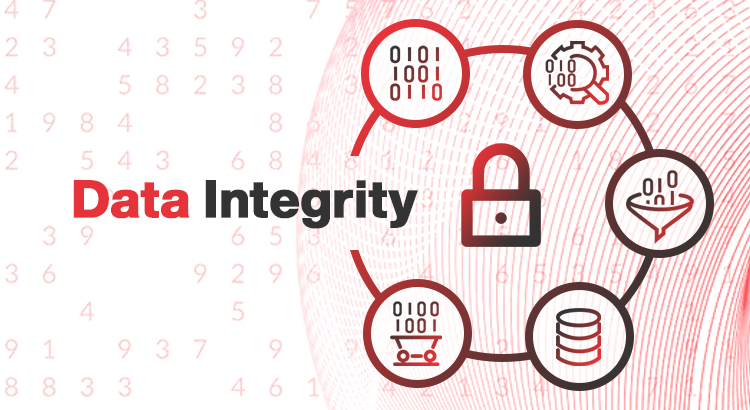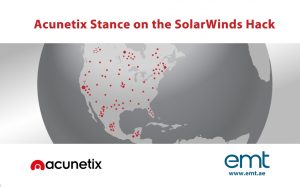The Context
Data is omnipresent and today’s organizations find it particularly challenging to effectively manage the large volumes of data generated, accumulated, and stored in distinct data repositories. IT risk management and operations team do require transparent, and systematic categorization and classification of the data to ensure proper segregation of the data leading to formulation of structured data; this is, which one is confidential, which one needs limited access, which one is redundant.
The challenge arising from unstructured data intensifies when organizations manage their data in large heterogeneous IT environments where there are multiple functional departments and sub-departments. In a typically vast enterprise IT environment, there are dynamic number of end-users, privileged users, and several IT administrators accessing different IT resources every now and then. The data generated after every task performed by individual end-users varies a lot as per their importance.
Allowing large volumes of data in unstructured format leads to compliance issues, breaches, and increased insider attack vector. Hence, the question arises on how to manage and secure the data assets? How can the IT security team stay proactive in governing the data effectively?
The answer to this problem statement lies in adopting a contextual data-centric security model. We will see how it works but before that, let us discuss the risks of unstructured data.
How do risks emanate from unstructured data?
It is never an easy task to manage and maintain terabytes or petabytes of enterprise data generated daily. Typically, large, and mid-size organizations operate in several functional departments along with subsidiary departments (occasionally). As a result, all sorts of data are stored in multiple data repositories pertaining to multiple departments. Among them, a large volume of data is highly confidential in nature, many are extremely sensitive, and few become redundant in a period. This complex scenario wherein data repositories are full of unstructured data is unavoidable in a modern heterogeneous IT environment.
The dominant risks of unstructured/ siloed/ redundant data are:
- Lack of awareness of what sort of data is being generated: If employees are not aware of what sort of data could generate from what kind of IT tasks, then there will not be any idea about how it should be managed and controlled to avoid any kind of misuse.
- Absence of visibility on the volume of data exposed to end users: It is a huge risk if the organization lacks knowledge and records about how much data is exposed to the end-users. It indirectly gives an opportunity to malicious insiders to exploit uncontrolled access to the data assets and misuse it.
- Lack of categorization of data based on its sensitivity: Risk of data misuse multiplies sans categorization. Extremely sensitive data, if co-exists with comparatively less important data, then the desired privacy and restriction for the sensitive data assets are not met. It increases the chances of data abuse.
- No mechanisms in place to restrict or grant controlled access to sensitive data: Continuing with the point above, controlled access to the sensitive data is an absolute must to ensure data privacy and data security. Without any secure access control mechanism, the number of unauthorized access multiples and sensitive data is/ are misused.
- Cumulation of stale/redundant data leading to increased attack surface, IT inefficiencies and compliance issues: Accumulation of redundant data is unavoidable in any organization. However, if it is abundant, then the attack surface expands, and chances of data misuse multiplies. Moreover, it leads to ambiguity among the users about the credibility of any specific data assets which results in ineffective IT hours. It could push organizations towards non-compliance issues and penalties as well.
What does ARCON’s Data Intellect do?
ARCON’s Data Intellect is a part of Endpoint Privilege Management (EPM) solution. Modern organizations emphasize data-centric security and governance, that strengthens the overall cybersecurity framework. It also helps organizations implement the Zero Trust security policy desired by modern organizations. Data Intellect leverages AI/ML driven context-aware models which enables the discovery, classification, and categorization of large volumes of unstructured enterprise data and helps orchestrate remedial steps to control access to data while improving compliance posture.
ARCON Data Intellect Benefits
Categorization of data: It is highly imperative for organizations to ensure comprehensive visibility on the ‘type’ of data and the ‘purpose’ of data generated. With this functionality, the data management team can capture what form of data is accumulated in the drives/ repositories such as MS excel, MS word, MS PPT, PDF, JPG etc. Moreover, with categorization, organizations can record and identify what amount of data is related to finance, what amount is related to IT, what amount is legal and so on. It is crucial from a security perspective, especially data-centric security. After all, data-centric security builds contextual security models by integrating the context of data and user.
Classification of data: With this functionality, the data management and IT security team can analyze and segregate data patterns. For example, what percentage of enterprise data is “confidential,” what amount of data is “sensitive,” which data should be “restricted,” which should be “public,” and which one is redundant. As a result, the organizations can get a comprehensive understanding of what percentage of data is vulnerable to threats and what percentage is no longer critical. This functionality helps to improve the governance framework as well as data management in every repository.
Orchestration of data access: Since Data Intellect is integrated with ARCON | Endpoint Privilege Management (EPM) solution, it enforces robust access control mechanism around enterprise data that is ‘confidential,’ ‘sensitive’ and ‘vulnerable’ to threats and misuse. Hence, orchestration of data management and data security is established with Data intellect. Moreover, it enables organizations to comply with regulatory mandates and IT standards that demand restricted access to enterprise data for maintaining confidentiality and data integrity.
Conclusion
Contextual data-centric security has become one of the indispensable security practices for modern organizations. Comprehensive governance of enterprise data is the only way for IT security teams to eliminate data misuse and address IT risks. ARCON’s AI/ML leveraged context-aware model helps organizations to detect, classify and categorize data to improve security and build strong regulatory compliance posture.
Source: https://arconnet.com/blog/the-dire-need-for-contextual-data-centric-security/






